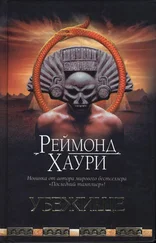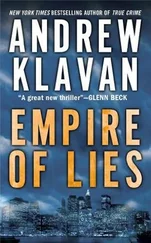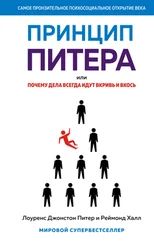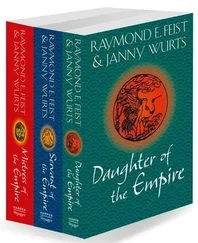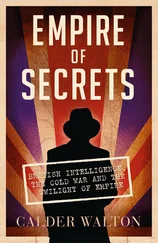Most of the history you’ll read here is true. The horrendous siege of Vienna, and all the names and events associated with it (apart from my time travelers’ interference), is faithfully depicted. The statue of Kolschitzky, commemorating the debatable story of his bringing coffee to Vienna, hangs there above the street that bears his name. ISIS was indeed born in the prison camps of Iraq, after the 2003 invasion. Its raiders did capture Palmyra and execute the director of the ancient city’s museum. Kara Mustafa was executed under the sultan’s orders on Christmas Day, 1683.
And if researching this book was truly a blast, the most challenging part, however, was trying to picture what the Ottoman Empire might look like in the twenty-first century. It was challenging because I couldn’t simply extrapolate forward from its last days, when it collapsed at the end of World War I. I had to start much further back—in 1683—and project forward from there. This was simply because the failure in Vienna was the beginning of the Ottoman empire’s decline, and although it did last another two and a half centuries before it finally died out, its evolution over those centuries was very much informed by the Ottomans’ efforts to catch up with a Europe that was charging ahead with the Enlightenment, the Industrial Revolution, not to mention the effects of more than one major revolution. In Kamal’s world, none of these took place, which meant I needed to imagine how three hundred years of history might have evolved in a vacuum with none of those seismic events to shape it. I hope you find it to be a credible take on how that might have unfolded.
The other challenge in the research was figuring out how Ayman Rasheed could plausibly lead the Ottomans to not just conquer the rest of Europe, but hold it—and hang on to it for more than two centuries. Again, I hope I managed to do a convincing job. I would have loved to include all the fruit of my research on all those fronts, but that might have undermined the page-turning experience I was aiming for.
A lot of people helped me along this journey—friends, experts, and colleagues who helped me through brainstorming or sharing their knowledge of all things Ottoman with me. I’m grateful to them all, but specifically, I’d like to single out my agents, Mitch Hoffman and Eugenie Furniss, the high priest and priestess of perseverance; my editors and friends at Michael Joseph in London: Rowland White, Ariel Pakier, and Sarah Kennedy; and their equally stellar counterparts at Tor/Forge in NYC: Bess Cozby, Devi Pillai, Linda Quinton, and Lucille Rettino.
Last, but far from least, I’d like to thank everyone who worked on this book in sales, marketing, and publicity at Michael Joseph and at Tor/Forge for all their hard work in getting this book on the shelves and on your attention radar. I’d also like to thank all the booksellers who welcomed it into their stores and championed it with their customers. In our Facebook/Instagram/Netflix/Fortnite-consumed times, neither one sounds like an easy task. My thanks to you all again.
The Last Templar
The Sanctuary
The Sign
The Templar Salvation
The Devil’s Elixir
Rasputin’s Shadow
The End Game

Raymond Khouryis the New York Times bestselling author of The Last Templar, The Sanctuary, The Sign, The Templar Salvation, The Devil’s Elixir, Rasputin’s Shadow, and The End Game . His novels have been translated into more than forty languages and, in the case of The Last Templar, adapted into a comic book and an NBC television miniseries.
Visit her online at https://raymondkhoury.com, or sign up for email updates here.

www.facebook.com/authorraymondkhoury
Thank you for buying this Tom Doherty Associates ebook.
To receive special offers, bonus content, and info on new releases and other great reads, sign up for our newsletters.

Or visit us online at
us.macmillan.com/newslettersignup
For email updates on the author, click here.
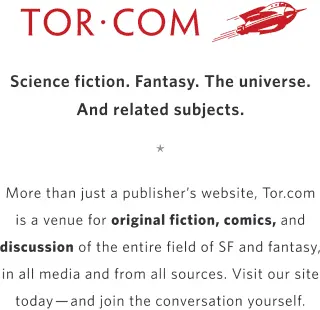
Link
The author and publisher have provided this e-book to you without Digital Rights Management software (DRM) applied so that you can enjoy reading it on your personal devices. This e-book is for your personal use only. You may not print or post this e-book, or make this e-book publicly available in any way. You may not copy, reproduce, or upload this e-book, other than to read it on one of your personal devices.
Copyright infringement is against the law. If you believe the copy of this e-book you are reading infringes on the author’s copyright, please notify the publisher at: us.macmillanusa.com/piracy.
This is a work of fiction. All of the characters, organizations, and events portrayed in this novel are either products of the author’s imagination or are used fictitiously.
EMPIRE OF LIES
Copyright © 2019 by Raymond Khoury
All rights reserved.
A Forge Book
Published by Tom Doherty Associates
120 Broadway
New York, NY 10271
www.tor-forge.com
Forge ®is a registered trademark of Macmillan Publishing Group, LLC.
The Library of Congress Cataloging-in-Publication Data is available upon request.
ISBN 978-1-250-21096-8 (hardcover)
ISBN 978-1-250-21095-1 (ebook)
eISBN 9781250210951
Our ebooks may be purchased in bulk for promotional, educational, or business use. Please contact the Macmillan Corporate and Premium Sales Department at 1-800-221-7945, extension 5442, or by email at MacmillanSpecialMarkets@macmillan.com.
First Edition: October 2019
AH: anno Hegirae (“in the year of the hejira”), referring to the lunar-based Islamic calendar, which begins its count from the Islamic New Year in AD 622, the time of the hejira, the migration of the prophet Muhammad and his followers from Mecca to Medina to escape an assassination plot. The Islamic calendar was used across the Ottoman Empire for religious matters alongside the Rumi calendar (“the Roman calendar”), which was based on the Julian calendar but also adjusted to begin in AD 622.
1100 in the Islamic hijri calendar, or AD 1689.
1094 in the Islamic hijri calendar, or AD 1683.
AD 2017.
AD 1683.
AD 1935.
September, AD 1683.


 www.facebook.com/authorraymondkhoury
www.facebook.com/authorraymondkhoury

